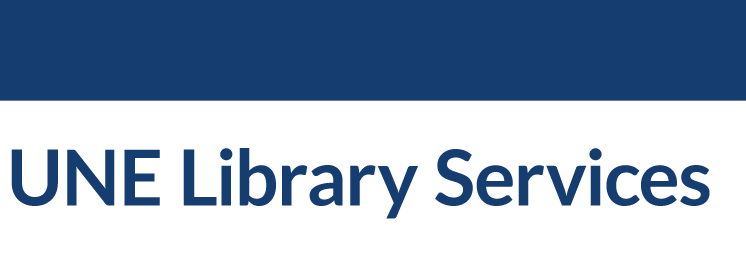Document Type
Dissertation
Degree Name
Doctor of Education (EdD)
Department
Education
First Advisor
Alyson Manion
Second Advisor
Wendi Hicks
Abstract
Communication serves a crucial role in higher education institutions (Pineda et al., 2024) which can aid organizational performance when effective (Meirinhos et al., 2022). Change can also achieve necessary support through internal communication (Lemon & Towry, 2021) and higher education institutions are currently being challenged and require change (Abushawish, 2018). Although scholars (Johnstone & Schexnider, 2023; McClure, 2017; Moran, 2016) have named many sustainability strategies, Burukina (2021) indicates that internal communication plays a central role in higher education’s sustainability efforts. However, internal communication studies within higher education institutions remain limited (Burukina, 2021; Campbell, 2018; Clemmons, 2022). The purpose of this qualitative transcendental phenomenological study was to explore the lived experiences of supervisory communication professionals with the processes, planning, and purpose(s) of internal communication at higher education institutions in the United States. Guided by strategic internal communication theory (Hume & Leonard, 2014), the study’s literature review explored organizational communication, internal communication, and higher education institutions. The research was conducted using a qualitative, transcendental phenomenological methodology. A purposeful sample of 10 supervisory communication professionals were recruited to participate in semi-structured, in-depth interviews. Three themes emerged from the data: (1) the channels used by supervisory communication professionals align with the purpose of their communication, which is mainly to inform, (2) audiences, messages, and channels are tailored to avoid information overload, and (3) internal communication processes and planning require approval. The study’s findings may be valuable to higher education leaders, communication professionals, and institutions that seek internal communication improvement. Five practical strategies are provided.
Comment
Ed.D. Dissertation
Recommended Citation
Marks, Kimberly S., "Exploring Internal Communication At United States Higher Education Institutions" (2025). Doctor of Education Program Dissertations. 54.
https://dune.une.edu/edu_diss/54


